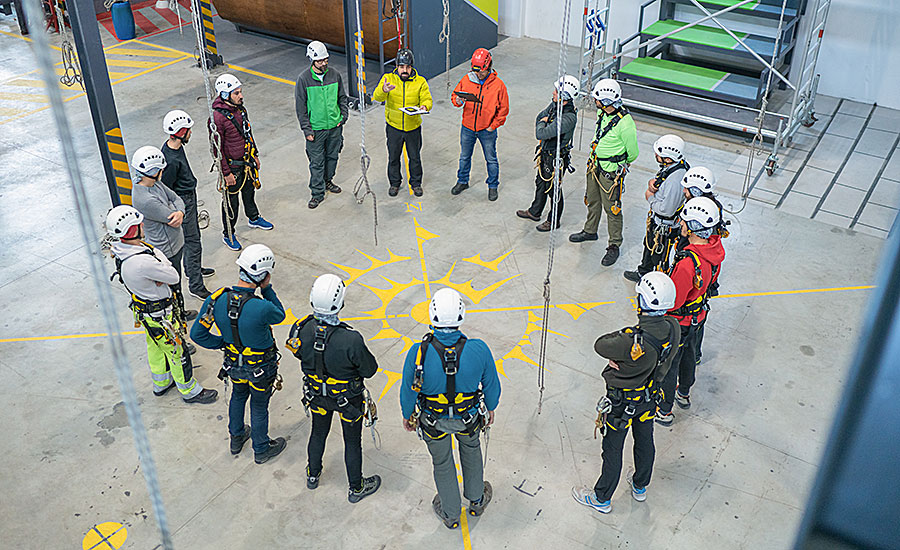Top training trends at ASSP Safety 2022 conference

Interviews with training exhibitors at the ASSP 2022 conference reveal these current trends in safety training:
Adaptive learning – Also called “personalized learning.” This is a method of shortening training time for students by pre-testing their knowledge of a subject. Based on what students already know (think OSHA’s annual refresher training for experienced workers), course are reconfigured and condensed so students only need to fill in gaps in their knowledge.
Micro-learning – Originally designed for quick refresher training, micro-learning now divides longer training courses into a series of short training “chapters.” Shorter training time means more time for production.
Mobile learning – Safety training comes to mobile devices such as personal cell phones and tablets. Students learn at their own pace and when and where they want – as long as the “boss” approves. Mobile learning requires a culture of supportive management that encourages workers to learn on their own and allows time on the job for learning sessions.
Individualized learning – see above on mobile learning.
Hot training topics – Two topics are quickly mentioned by training vendors: active shooter response training is booming after recent horrific mass shootings across the country; and DEI + belonging. That’s diversity, equity, inclusion and a new addition – belonging. The thinking goes if you promote diversity, equity and inclusion you create a sense of belonging for the workforce.
Caveat – Some old school safety professionals interviewed by ISHN say what’s missing in current training approaches is interaction with instructors, which you get in classrooms. Some training platforms now on the market allow for interactivity with subject matter experts and student engagement.
Looking for a reprint of this article?
From high-res PDFs to custom plaques, order your copy today!






